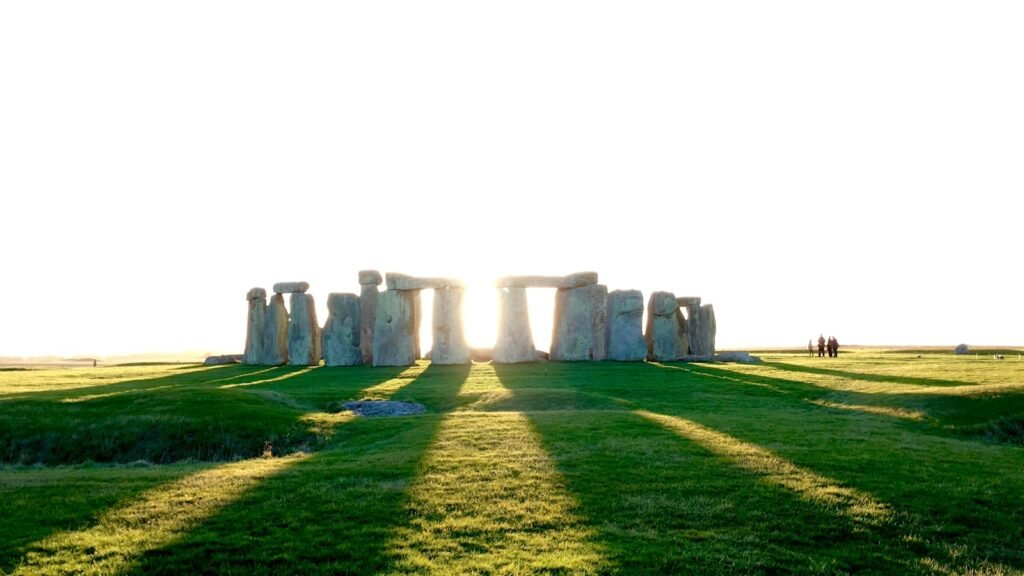Introduction to Stonehenge
Stonehenge is a famous prehistoric site in Wiltshire, England. Known for its historical and archaeological importance, it attracts many visitors each year who want to see its strange stone structure and learn about its past. As a UNESCO World Heritage Site, Stonehenge is about eight miles north of Salisbury, making it easy to visit for a day trip.
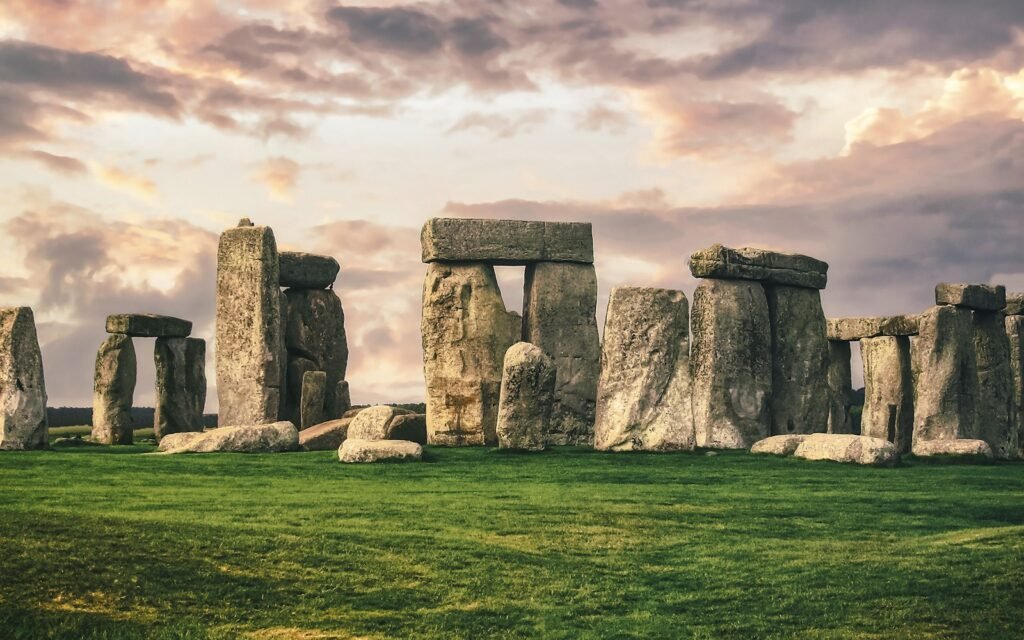
Built around 3000 BC, Stonehenge is made up of huge standing stones arranged in a circle. Each stone has its own purpose and position. The site is famous for its massive sarsen stones, some weighing up to 25 tons, which were moved from about 200 miles away. This incredible achievement raises questions about the communities that built it.
Stonehenge has always been mysterious. Some theories suggest it was a burial ground or an observatory for watching the sun and moon. The stones align with solar and lunar events, hinting that it was used for rituals related to farming and ancient beliefs. The area around Stonehenge also holds important historical value, with many burial hills and archaeological sites showing that it was significant in prehistoric times.
In short, it is a testament to the skill of ancient people and a symbol of humanity’s desire to understand its origins and connection to the universe. As visitors approach this remarkable site, they can reflect on the many stories it has witnessed over thousands of years.

The Historical Background of Stonehenge
Stonehenge, one of the world’s most famous monuments, has a long history dating back to the Neolithic period. It is believed that construction began around 3000 BCE and continued until about 2000 BCE. The site started as a circular ditch and bank, marking it as a sacred place. Wooden posts were added, but these have rotted away over time.
Over the years, Stonehenge changed significantly. The main stone circle was built during the late Neolithic to early Bronze Age, around 2500 BCE. The tall sarsen stones were brought from the Marlborough Downs, about 20 miles away, while the smaller bluestones came from the Preseli Hills in Wales, nearly 200 miles away. Moving such heavy stones raises interesting questions about the abilities and intentions of the builders.
There are different theories about who built Stonehenge. Some think it was the Druids, while others suggest it was made by a pre-Celtic society interested in astronomy. Nearby burial sites indicate that Stonehenge was an important religious and cultural site. Artifacts like pottery and tools found in the area show that people honored this place. It continues to fascinate researchers and visitors, serving as a remarkable link to our ancient past.

The Mystery Surrounding Stonehenge
Stonehenge is rich with legends and myths that have developed over the years. The size and layout of the stones have led many to wonder about its original purpose. Some believe it was an observatory for predicting solstices and equinoxes, connecting it to celestial events. This supports theories that Stonehenge was a ceremonial site for rituals related to sun worship and agriculture.

The spiritual significance of Stonehenge adds to its mystery. Historical accounts often link it to ancient Druids, suggesting that these priests performed sacred rituals there. Although there’s no solid evidence of this, the idea captures the imagination of those interested in Druid practices. Some myths even claim that giants or Merlin built the stones, further increasing its intrigue.
Moreover, links to ancient cultures around the Mediterranean and North Africa suggest that many societies shared a common understanding of sacred spaces. The stories surrounding Stonehenge have turned it into a symbol of mystery, attracting historians and tourists alike. Ongoing archaeological studies continue to uncover new information, but many questions remain, keeping the allure of Stonehenge alive for future generations.

Planning Your Day Trip to Stonehenge
To make the most of your visit to Stonehenge, consider a few key aspects. The best times to go are late spring or early autumn. The weather is usually nice, and there are fewer crowds, allowing for a more enjoyable experience.
You can reach Stonehenge in several ways. If you’re driving, it’s off the A303 road with plenty of parking. If you prefer public transport, there are buses from nearby towns like Salisbury and Bath. Many tour companies also offer day trips from London and other cities, often including knowledgeable guides.
It’s a good idea to buy tickets in advance, especially during busy seasons. Tickets can be purchased from the English Heritage website or local shops. Different options are available, including entry to the visitor center, which has exhibits about Stonehenge’s history. You can choose between guided tours for deeper insights or explore on your own at your own pace.
Don’t forget to allow time for both the site and the visitor center, as the grounds feature lovely landscaping and historical artifacts that enhance your understanding of the area. Being prepared will help you enjoy your day trip to this iconic site.
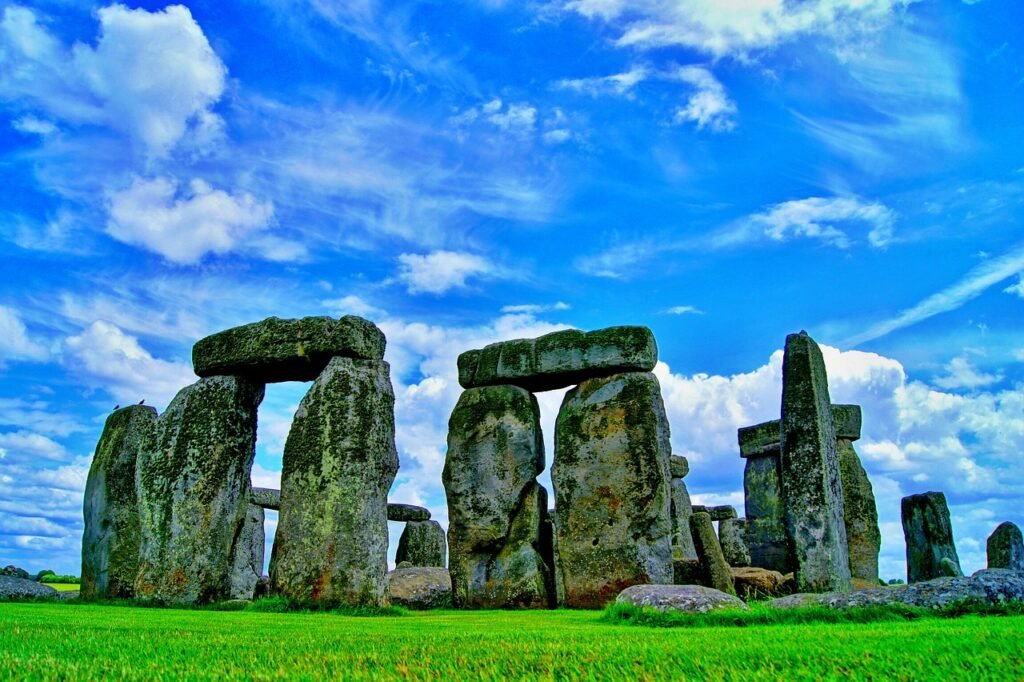
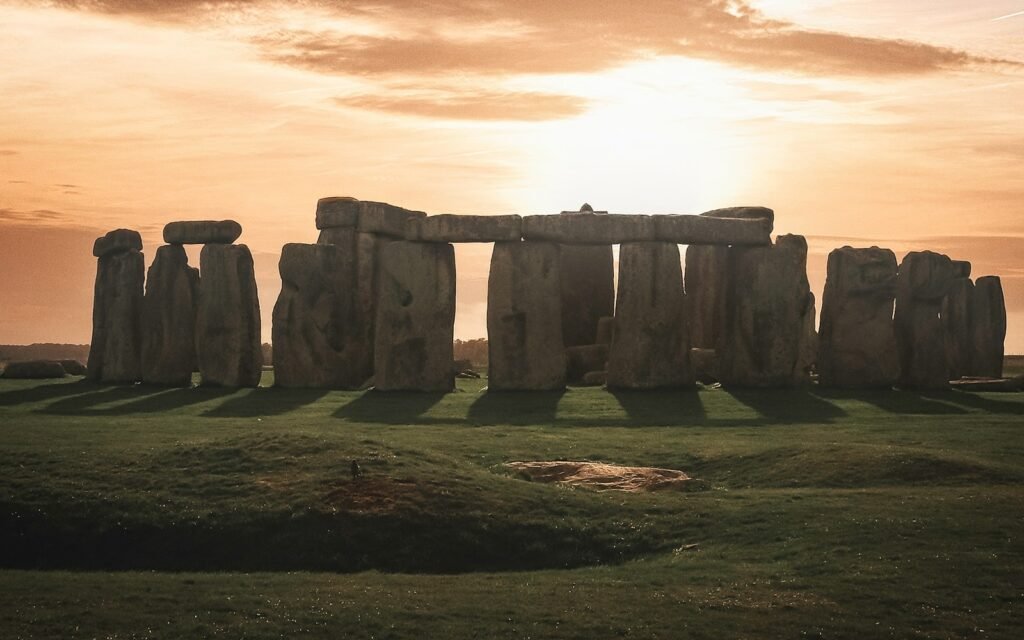
What to Expect on Your Visit
When visiting Stonehenge, it’s important to know what to expect in terms of features, layout, and attractions. Your journey starts at the Stonehenge Visitor Centre, about a mile from the stones. This modern facility has many services, including an exhibition that tells the story of Stonehenge. You can see ancient artifacts and informative displays that explain the site’s importance.
At the visitor center, you’ll find a café and a gift shop where you can buy souvenirs. The café offers snacks and drinks to keep you energized. The visitor center is a great place to learn about the stones before heading to the monument itself.
After exploring the visitor center, a short walk takes you to the stones. This path gives you a close-up view of the ancient monument. Once you reach Stonehenge, you can admire the impressive stone arrangement, showcasing prehistoric skill. There are paths for respectful exploration around the site.
Guided tours are available for those who want to learn more about the site’s heritage. You can also rent audio guides for added insight. Depending on when you visit, there might be special events or exhibitions to enjoy. Overall, a trip to Stonehenge offers a memorable encounter with history and mystery, making it a must-see for travelers.

Nearby Attractions to Explore
When planning your day trip to Stonehenge, there are many nearby attractions to enhance your experience. One notable site is Avebury, home to one of the largest stone circles in the world. This ancient monument predates Stonehenge and offers a beautiful landscape and a chance to connect with the Neolithic period. Visitors can wander through the ring and explore the nearby village with its shops and tea rooms.

Another interesting site to visit is the Stonehenge Caves. These caves offer a chance to see stunning rock formations and learn about the area’s ancient history. The caves provide a more adventurous part of your Stonehenge experience, perfect for outdoor enthusiasts.
The city of Salisbury is also close to Stonehenge and has many activities and attractions. Known for its beautiful cathedral, which has the tallest spire in England, Salisbury is great for history and architecture lovers. You can explore the cathedral grounds, learn about its fascinating past, and see one of the original copies of the Magna Carta. The city’s lively market and charming streets create a lovely atmosphere for a relaxed stroll, adding cultural depth to your day trip.

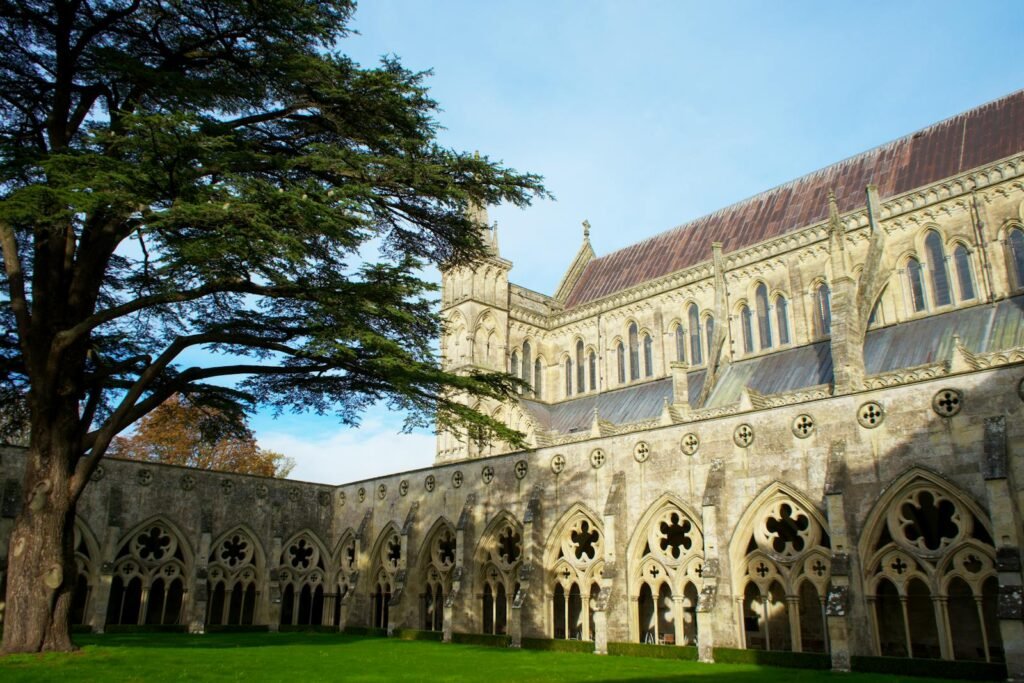
By including these attractions in your plans, you can create a well-rounded experience filled with amazing history and beautiful landscapes. This makes for an unforgettable day trip that highlights the unique mystery of this remarkable area.

Cultural Events at Stonehenge
Stonehenge is not just a historical site; it’s also a vibrant center for cultural events that draw visitors from all over. Among the most significant celebrations are the Summer and Winter Solstices. These events attract crowds eager to see the alignment of the stones with the rising and setting sun.
The Summer Solstice, which occurs around June 21st, is the longest day of the year. Thousands of people gather at dawn to witness the sun lighting up the stones. During this time, many participate in activities like drumming, dancing, and meditation, creating a sense of community among those who value Stonehenge’s spiritual importance.
In contrast, the Winter Solstice, around December 21st, is the shortest day of the year and signals the return of longer days. This event draws a smaller crowd, with many attending for quiet reflection. Special ceremonies take place, giving participants a chance to honor the cycle of life and nature that Stonehenge represents. Visitors can enjoy traditional music, storytelling, and rituals that celebrate the end of winter and the hope of spring.
These cultural events highlight the deep connection between Stonehenge and the natural world, enriching visitors’ experiences and strengthening community ties. They serve as a reminder of the site’s historical importance while engaging with its mystery and timeless relevance, ensuring that Stonehenge remains a living monument for all to enjoy.

The Lasting Charm of Stonehenge
Stonehenge continues to attract attention and interest from both historians and everyday visitors. Built around 2500 BC, this ancient monument has sparked the imagination of countless people over the years, symbolizing remarkable engineering and deep spiritual meaning. Its large stones raise questions about the lives and beliefs of the people who created it, blending history and mystery together.
In this exploration, we looked at different aspects of Stonehenge, like its impressive design and how it aligns with the movements of the sun and moon. These features show how much ancient civilizations understood about astronomy. People are fascinated not just by the site itself, but also by the many theories about its purpose, which range from being a ceremonial place to a burial ground. This complexity allows each visitor to find their own meaning in the experience.

Today, Stonehenge is a UNESCO World Heritage site, highlighting its importance as a symbol of human creativity and the connections between cultures throughout history. The annual solstice celebrations draw thousands of people, creating a lively community that honors this ancient site and helps keep its legacy alive for future generations.
Ultimately, what makes Stonehenge so captivating is its ability to inspire wonder. Whether people visit for scientific reasons, architectural interest, or spiritual exploration, Stonehenge remains an iconic landmark that continues to spark curiosity and admiration. By recognizing this, we can understand the significant impact it has on both individual visitors and our shared cultural memory.
